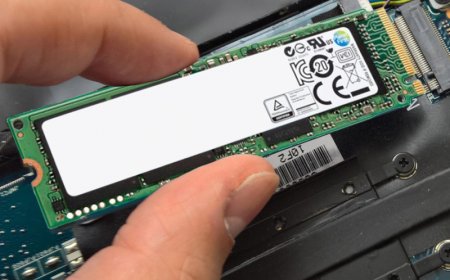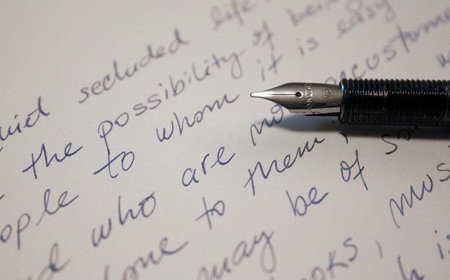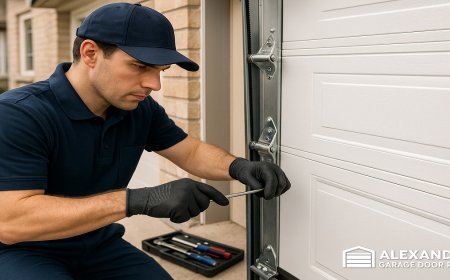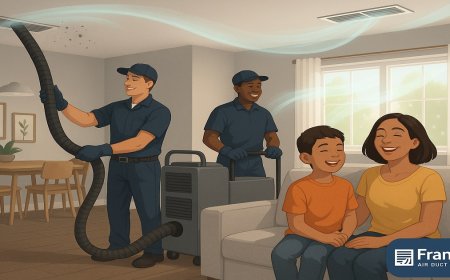Can Phone Diagnostic Software Detect Water Damage?
Phone diagnostic software like Phone Clinix helps detect signs of water damage by testing affected phone components.

In today's digital world, smartphones are essential tools for communication, work, entertainment, and much more. As our reliance on these devices grows, so does the need to maintain them efficiently. One of the most common causes of smartphone malfunction is water damage. Whether it's a spilled drink, an accidental drop in the sink, or exposure to rain, water can severely impact a phone's functionality. This raises a critical question: Can phone diagnostic software detect water damage?
The answer lies in understanding what phone diagnostic software is, how it works, and how solutions like Phone Clinix are shaping the future of mobile repair diagnostics.
What Is Phone Diagnostic Software?
Phone diagnostic software is a specialized tool used to evaluate the health and performance of smartphones. It runs a series of tests to identify hardware and software issues, helping technicians and users quickly pinpoint problems. These tools can check:
-
Touchscreen responsiveness
-
Camera functionality
-
Battery health
-
Microphone and speaker quality
-
Connectivity features (Wi-Fi, Bluetooth, etc.)
-
Sensor calibration (gyroscope, accelerometer, etc.)
-
Charging port performance
One such solution gaining popularity in the mobile repair industry is Phone Clinix, a comprehensive diagnostic platform designed to simplify phone assessments and repairs.
Understanding Water Damage in Smartphones
Water damage affects phones in numerous ways, depending on the level of exposure and the type of liquid involved. While some smartphones are now water-resistant to a certain degree, no phone is entirely waterproof. When water enters a device, it can:
-
Short-circuit internal components
-
Corrode metal parts
-
Cause the screen to flicker or go black
-
Disable the speaker or microphone
-
Damage the battery and reduce its lifespan
-
Interrupt software processes and performance
Water damage is particularly tricky because the symptoms may not be immediately apparent. A phone may work fine for a few hours or days after exposure before problems start to show. This is where phone diagnostic software becomes an invaluable tool.
How Can Phone Diagnostic Software Detect Water Damage?
While phone diagnostic software can't directly detect moisture or the presence of liquid, it can infer water damage by testing the functionality of hardware components that may be affected by it. Here's how:
1. Functional Degradation Analysis
Water typically damages key components like the touchscreen, battery, speakers, or charging ports. Diagnostic tools run tests on these features to determine if they're underperforming.
For instance, Phone Clinix allows technicians to test each feature individually. If the touchscreen has unresponsive zones, or the battery drains unusually fast, it might be a sign of water-related issues.
2. Sensor Monitoring
Modern smartphones have Liquid Contact Indicators (LCIs), which turn red upon exposure to water. While software cant see the color change, some phones provide sensor feedback that can be accessed via diagnostic tools.
Phone diagnostic software may retrieve data from humidity or pressure sensors that give clues about recent exposure to moisture. Some Android and iOS diagnostic frameworks report abnormal temperature or pressure readings, indirectly indicating water damage.
3. Charging Port and Audio Jack Checks
Charging and headphone jacks are often the first casualties of liquid exposure. Diagnostic software, including Phone Clinix, tests voltage and power flow through charging ports and checks signal transmission through the headphone jack or USB-C port.
Any anomalies here can suggest corrosion or short circuits caused by water ingress.
4. Microphone and Speaker Testing
Water can muffle or completely disable microphones and speakers. Phone Clinix includes diagnostic audio tests that evaluate input and output clarity. If the mic isn't picking up sound properly or the speaker is distorted, water damage is a likely cause.
5. Camera Fog or Sensor Malfunction
Water entering the camera module can fog lenses or disrupt image sensors. Most phone diagnostic software allows users to run camera tests to check for clarity, focus, and color reproduction. Anomalies like blurred images, focusing issues, or blank screens can point toward liquid interference.
The Role of Phone Clinix in Water Damage Diagnosis
Phone Clinix is a cutting-edge solution designed to simplify and streamline the phone diagnostic process. It provides a full suite of testing tools that help mobile repair technicians quickly evaluate every part of a smartphone.
With its intuitive interface and automated testing protocols, Phone Clinix can highlight the symptoms of water damage even if the moisture itself has evaporated. By flagging inconsistencies in component performance, it gives technicians the clues needed to make accurate diagnoses.
Features of Phone Clinix That Aid in Water Damage Detection:
-
Automated Diagnostics: Runs full tests on all critical hardware in minutes.
-
Custom Testing Modules: Allows manual checks of specific components like the mic, speaker, camera, and battery.
-
Reporting System: Generates professional diagnostic reports that document findings and recommended actions.
-
Remote Diagnosis: Enables tech support to run diagnostics without physical access to the phonehelpful for early water damage assessment.
Limitations of Software-Based Water Detection
It's important to note that phone diagnostic software is not a moisture detector. It cannot sense or measure the presence of water directly unless paired with a phones internal sensors or other hardware indicators.
Here are a few limitations:
-
It wont detect water presence if theres no functional degradation yet.
-
If water damage is internal and hasnt affected critical hardware, software might not detect any issues.
-
LCIs are physical and must be visually inspected; software doesnt read their status directly.
However, by monitoring patterns and anomalies in component performance, Phone Clinix and similar tools make it possible to deduce water damage earlyespecially when combined with physical inspection.
Why Early Detection Matters
Water damage can escalate quickly. What starts as a minor glitch can lead to complete device failure if left unchecked. Using phone diagnostic software like Phone Clinix helps technicians:
-
Catch early signs of damage
-
Prevent further component deterioration
-
Provide faster repair services
-
Offer more accurate service estimates to customers
-
Improve customer trust and satisfaction
Early detection also helps in insurance claims, warranty assessments, and trade-in evaluations.
Combining Physical and Software Inspection
While software tools are powerful, the most accurate water damage diagnosis comes from a hybrid approach:
-
Visual Inspection: Technicians check LCIs, corrosion, or watermarks.
-
Software Diagnostics: Tools like Phone Clinix analyze component performance.
-
Moisture Meters: External devices measure humidity inside the phone casing (often used in professional repair labs).
Together, these techniques offer a comprehensive way to identify, confirm, and address water damage efficiently.
Conclusion
So, can phone diagnostic software detect water damage? The answer is yesindirectly. While it cant see the water itself, it can uncover the signs of water-related degradation by testing critical components. Tools like Phone Clinix play a crucial role in this process, offering robust diagnostic capabilities that help technicians identify issues quickly and accurately.
In a repair industry where speed, accuracy, and trust are paramount, combining phone diagnostic software with hands-on inspection is the smartest approach to managing water damage in smartphones. Whether you're a repair shop owner, a mobile technician, or a savvy smartphone user, leveraging tools like Phone Clinix can save time, money, and frustration by catching issues before they become irreparable.







































